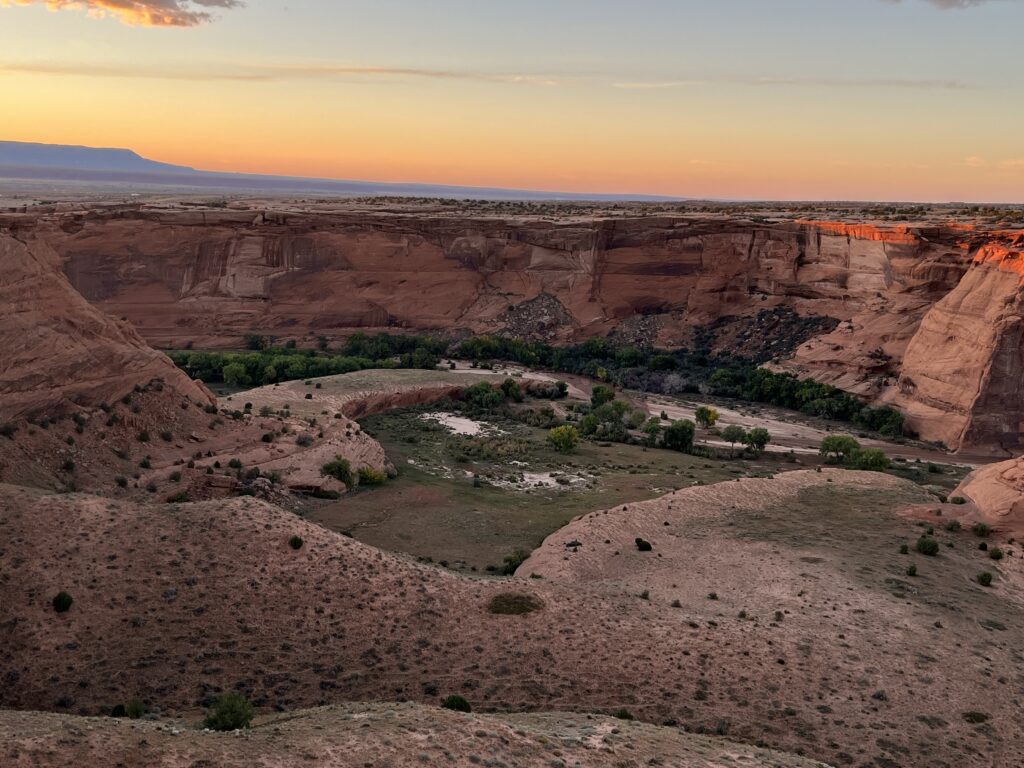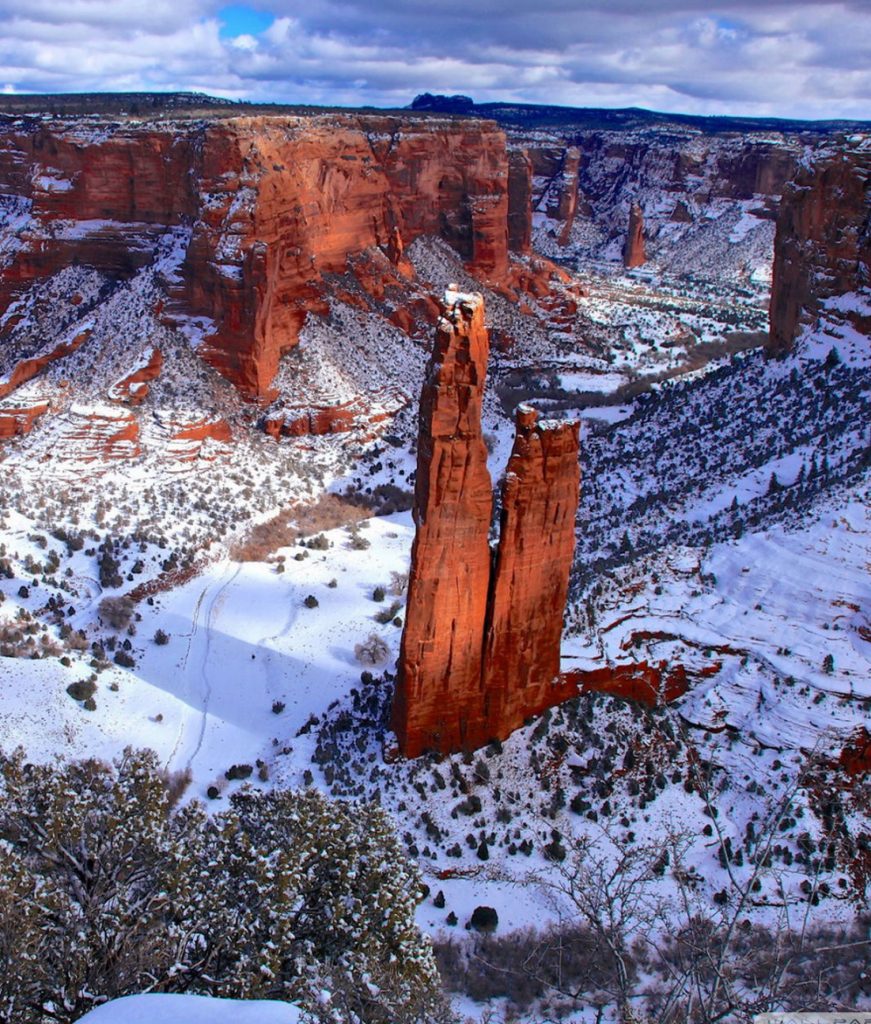
Capturing the Sacred: A Photographer’s Guide to Navajo Nation’s Iconic Landscapes
The Navajo Nation, or Diné Bikéyah as it is known to its people, sprawls across 27,000 square miles of Arizona, Utah, and New Mexico, an expanse of land as culturally rich as it is visually breathtaking. For photographers, this vast territory is a pilgrimage, offering an unparalleled tapestry of dramatic geological formations, ancient ruins, and an ever-changing palette of light and shadow. From the iconic red rock mesas that have graced countless screens to the intimate, sculpted slot canyons, the Navajo Nation is a living, breathing canvas. However, capturing its essence demands not only skill but also profound respect for its sacred lands and the Diné people who steward them. This guide delves into the most compelling photo spots, offering insights into how to best immortalize their majesty.
Monument Valley Navajo Tribal Park: The Quintessential Southwest
No discussion of photographic hot spots in the Navajo Nation is complete without first acknowledging Monument Valley Navajo Tribal Park. This is the quintessential American Southwest, a landscape so familiar it feels like a memory even on a first visit. The towering sandstone buttes and mesas, sculpted by millennia of wind and water, rise dramatically from the desert floor, creating a scene of unparalleled grandeur.
The iconic Mitten Buttes and Merrick Butte are often the first subjects to greet visitors, particularly at sunrise when the low-angle light paints them in fiery hues of orange and red, casting long, dramatic shadows. John Ford’s Point, a popular overlook named after the legendary director who filmed many Westerns here, offers a classic panoramic vista, often featuring a lone Navajo rider silhouetted against the vast expanse. For a unique perspective, the Artist’s Point provides a slightly elevated view that perfectly frames the valley’s most famous formations.
Beyond the main loop, a guided tour with a Navajo guide is highly recommended. These tours offer access to areas otherwise restricted, such as the Totem Pole and Yei Bi Chei rock formations, and provide invaluable cultural context. "Every rock, every canyon, tells a story of our ancestors, of our connection to this land," explains Harrison Begay Jr., a local guide. "When you photograph here, you’re not just taking a picture; you’re witnessing history, you’re experiencing a part of our soul." The best times to photograph Monument Valley are dawn and dusk, when the light is soft and warm, enhancing the textures and colors of the rock. A telephoto lens will compress the landscape, making the distant formations appear even more imposing, while a wide-angle can capture the vastness of the sky and foreground elements.

Antelope Canyon: A Sculpted Masterpiece of Light
Perhaps the most sought-after photographic destination within the Navajo Nation is Antelope Canyon, encompassing both Upper and Lower Antelope Canyons. These slot canyons, formed by flash floods carving through sandstone, are a testament to nature’s artistry. Inside, the walls ripple and swirl like liquid rock, creating an otherworldly environment where light plays an ever-changing dance.
Upper Antelope Canyon is renowned for its spectacular light beams that penetrate the narrow openings from late morning to early afternoon, typically between 11 AM and 1 PM during warmer months. These ethereal columns of light, often accentuated by dust thrown into the air, create a magical, almost spiritual atmosphere. Photographing these beams requires quick reflexes and a keen eye for composition. A wide-angle lens is essential here to capture the towering walls and the dramatic perspective. Tripods are generally not allowed on standard tours due to space constraints and the pace of movement, but dedicated photography tours often permit them.
Lower Antelope Canyon, while equally stunning, offers a different experience. It’s narrower, deeper, and requires navigating ladders and stairs, presenting a more adventurous journey. Here, the light is softer and more diffused, painting the canyon walls in incredible shades of orange, purple, and blue. The smooth, flowing lines of the sandstone are the primary subject, best captured with a wide-angle lens, focusing on the intricate patterns and curves. Both canyons are accessible only via guided tours led by authorized Navajo guides, a mandatory requirement that ensures safety and respect for these delicate natural wonders. Book well in advance, as tours sell out quickly, especially during peak season.
Canyon de Chelly National Monument: History Etched in Stone
Canyon de Chelly National Monument offers a profound blend of natural beauty and deep historical significance. Unlike the more open vistas of Monument Valley or the claustrophobic beauty of Antelope Canyon, Canyon de Chelly is a vast, verdant oasis carved into the high desert plateau. Its sheer, red sandstone walls, reaching up to 1,000 feet, shelter ancient Pueblo cliff dwellings and provide a living history of human habitation dating back 5,000 years.
The most iconic photo opportunity is the White House Ruin, visible from the White House Overlook. For an immersive experience, a guided tour with a Navajo guide is necessary to descend into the canyon floor. Here, photographers can capture the ruins up close, often framed by the canyon walls or juxtaposed with the cottonwood trees that line the streambed. Other overlooks like Spider Rock Overlook offer breathtaking panoramic views of the twin sandstone spires, a sacred site in Navajo mythology, often best photographed at sunrise or sunset when the light emphasizes their dramatic form.
"This canyon is our home, our church," says Annie Yazzie, a Canyon de Chelly guide. "Every ruin, every petroglyph, connects us to our ancestors. When you walk here, you walk on sacred ground. Photography should reflect that reverence." The interplay of light and shadow on the canyon walls, the ancient ruins nestled in alcoves, and the verdant floor create endless compositional possibilities. A versatile zoom lens (e.g., 24-70mm or 70-200mm) is ideal for capturing both wide vistas and detailed shots of the ruins.
Horseshoe Bend: The Colorado River’s Dramatic Curve

While technically located just outside the Navajo Nation boundary near Page, Arizona, Horseshoe Bend is an essential photographic stop for anyone exploring the region. This dramatic, nearly 270-degree curve of the Colorado River is a geological marvel, plunging 1,000 feet below the overlook.
The sheer scale of Horseshoe Bend makes it a challenging but rewarding subject. A wide-angle lens (14-24mm range is ideal) is crucial to capture the entire bend in a single frame. The best times to photograph are typically mid-morning or late afternoon, when the sun illuminates the canyon walls without casting harsh shadows directly into the bend. Midday light can be too harsh and flat. For unique perspectives, try shooting from different points along the rim, but always exercise extreme caution near the edge. Capturing the river’s emerald green against the red rock creates a striking contrast that defines this iconic landmark.
Shiprock Peak (Tsé Bitʼaʼí): The Winged Rock
Dominating the landscape of northwestern New Mexico, Shiprock Peak (Tsé Bitʼaʼí) is a solitary, striking volcanic plug that rises 1,583 feet above the surrounding desert floor. Sacred to the Diné people, it means "rock with wings" and plays a central role in their creation stories.
Photographing Shiprock requires distance and respect. The peak itself is a sacred monument, and climbing it or approaching its base is forbidden. The best vantage points are from the surrounding roads, particularly U.S. Route 491 to the east or Navajo Route 13 to the south. At sunrise or sunset, the peak glows with an otherworldly light, its dramatic silhouette often framed by sweeping clouds. The vast, flat landscape around it offers opportunities for minimalist compositions, emphasizing the peak’s solitary grandeur. A telephoto lens can isolate the peak against the sky, while a wide-angle can capture its dominance within the expansive desert environment. The surrounding volcanic dikes, radiating outwards like spokes, also make for interesting foreground elements.
Beyond the Icons: Hidden Gems and Cultural Nuances
While the aforementioned locations are undeniable magnets for photographers, the Navajo Nation holds countless other, lesser-known treasures. Window Rock, the capital of the Navajo Nation, features the iconic natural arch that gives the community its name, along with the Navajo Nation Museum and the Navajo Nation Veterans Memorial Park, offering cultural and historical photo opportunities. Navajo National Monument preserves three ancient cliff dwellings (Betatakin, Keet Seel, and Inscription House), accessible via guided tours or strenuous hikes, providing a glimpse into ancestral Puebloan life. For those willing to explore off the beaten path, vast expanses of badlands, such as Coal Mine Canyon, offer surreal landscapes of eroded earth in vibrant hues.
Crucially, photography in the Navajo Nation is more than just point and shoot; it’s an act of cultural engagement. Always ask permission before photographing people, and be prepared for a polite refusal. Many Diné people consider photography of individuals to be a deeply personal matter. Respect for the land, its history, and its people is paramount. Obtain necessary permits, hire local guides, and tread lightly. The landscapes of the Navajo Nation are not merely backdrops; they are living entities, imbued with spiritual significance. By approaching them with an open heart and a respectful lens, photographers can not only capture stunning images but also forge a deeper connection with this extraordinary and sacred corner of the world. The resulting photographs will be more than just pretty pictures; they will be testaments to the enduring beauty and spirit of Diné Bikéyah.


